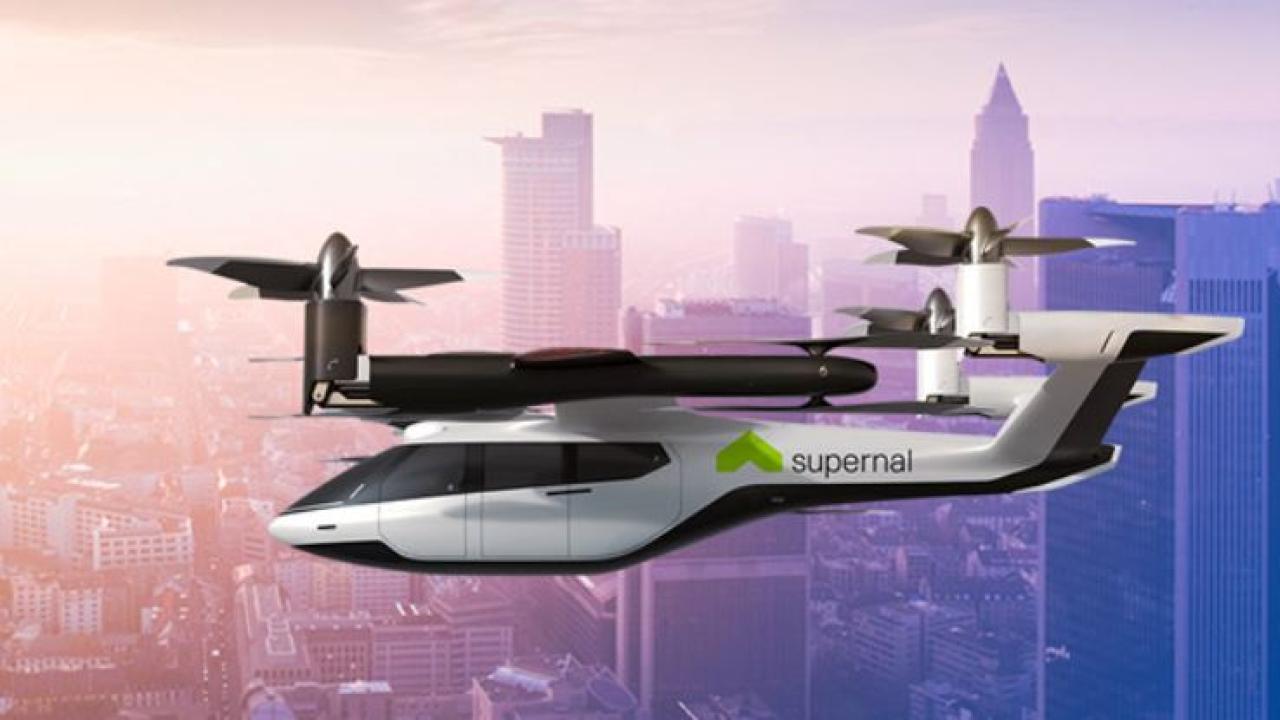
Developing a Fleet of Quiet Rotorcraft
With a new two-year grant, Mechanical and Aerospace Engineering Associate Professor Seongkyu Lee and his team have an opportunity to make a direct industry impact with their groundbreaking rotorcraft noise prediction tools. Lee’s group will apply their expertise in predicting rotorcraft noise to help industry leader Supernal identify noise sources in their aircraft designs and recommend strategies to reduce it.

“I’m excited that our simulation research will have a tangible outcome and help the company make better, quieter aircraft,” he said.
Supernal is a U.S.-based branch of Hyundai focused on urban air mobility (UAM), or air taxis. The field is focused on developing small electric rotorcraft vehicles that can deliver passengers or goods over short distances. Though it has the potential to be revolutionary, UAM companies need to design aircraft that are quiet enough to blend in with ambient noise in cities to gain public acceptance.
This is an especially big concern for Supernal, who is designing multi-rotor UAM vehicles with tilted rotors. In tilted-rotor aircraft, rotors are vertical like a helicopter during takeoff and landing and horizontal like a propeller during flight. This configuration causes complex aerodynamic interactions that can be a source of unwanted noise.
To study this, Lee’s team will run computational fluid dynamic (CFD) simulations. These highly-accurate high-fidelity simulations capture the detailed flow physics of how air and turbulence interact with the rotors and the aircraft and how rotor wakes interact with each other to create noise.
“Because of these complex dynamics, the aerodynamics are going to be very unsteady, so we need to use high-fidelity CFD to capture the detailed unsteady flow physics and accurately predict the source of noise,” he said.
Lee’s team will use these high-fidelity simulations and their signature broadband noise prediction tool, UCD-QuietFly, to predict the amount of noise a craft makes and where it’s coming from. UCD-QuietFly will help them understand the whooshing sound the craft makes as it flies, known as broadband noise. Lee is excited to use high-fidelity CFD data in UCD-QuietFly data. Higher-quality data will lead to higher-quality noise predictions, and it opens the door for the program to study more complex configurations like Supernal’s multi-rotor aircraft.
They will also use the rotor noise prediction software PSU-WOPWOP, which Lee co-developed as a graduate student, to study the tonal noise—the intermittent sound the rotors make as they interact with the air.
In addition to predicting noise, Lee’s team will develop a numerical method to inform new rotor blade designs that generate significantly less noise.
The new project strengthens ties between Lee’s group and Hyundai. The company funded the initial development of UCD-QuietFly in 2019, and now its subsidiary looks to apply the tool to develop aircraft. Lee is proud of this connection and looks forward to playing a role in developing this next generation of aircraft.
